Table of Contents
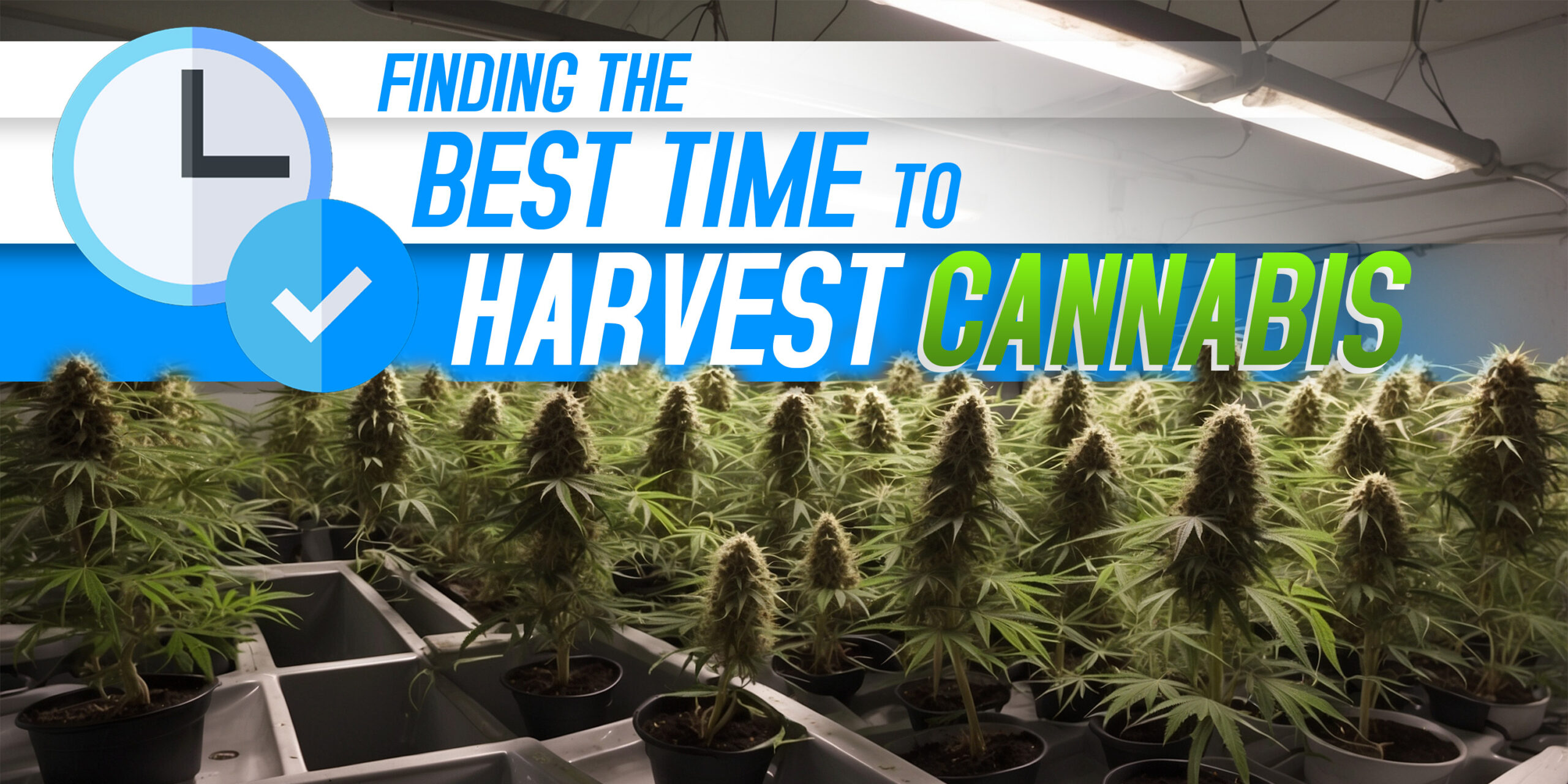
Timing is crucial when harvesting cannabis. Harvesting your buds at the perfect time will result in maximum potency, heavy terpene content, and full, smooth flavor. Harvesting too early leaves you with weak effects and underdeveloped flavor, and harvesting too late can degrade THC, leaving you drowsy and less psychoactive. This article has everything you need to know to determine the best time to harvest cannabis, so you can grow the highest quality yield you can.
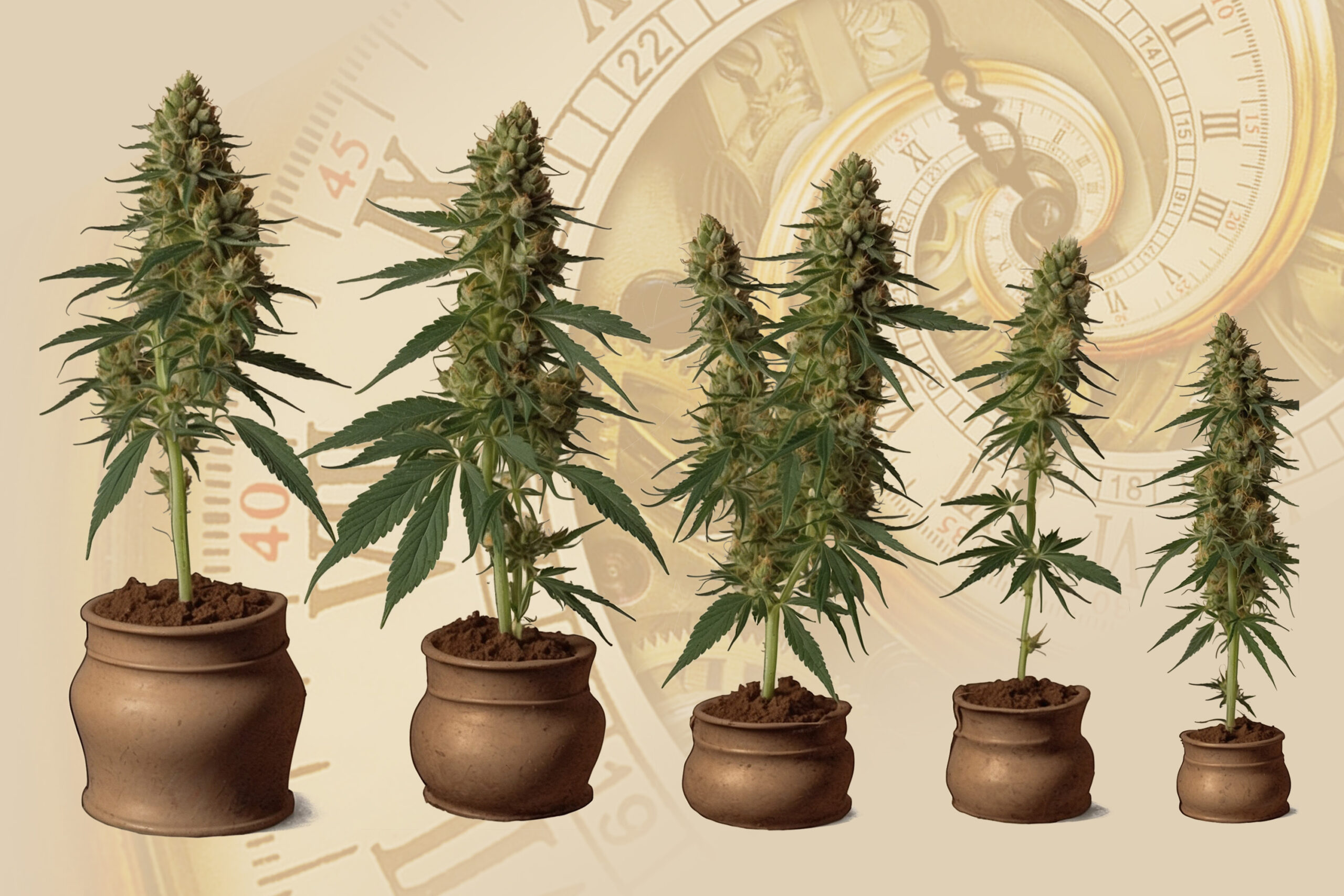
The process starts with the initial flowering stage, in which buds start developing and white pistils are visible. The plant is still in the developmental phase for cannabinoids at this stage, and harvesting at this time would give an immature potency. As the plant is in the mid-flowering stage, buds expand, and resin production is maximized, making the plant appear frosty. This is the critical period for trichome color change, as they begin changing from transparent to milky. Finally, during the late flowering stage, the plant has reached the point of maximum cannabinoid production. The buds are compact, and trichomes become cloudy or amber, which denotes the optimal harvest time.
Pistils are among the most easily seen indicators of cannabis maturity and are thus an invaluable tool for assessing readiness for harvest cannabis. They are thin, hair-like structures that protrude from the calyx and have an important function in the collection of pollen from the male plant. For growers working with seedless (sensimilla) buds, however, pistils are the only visible indicator that can be used to estimate ripeness.
At the early blooming stage, pistils are white, thin, and lengthy, indicating the plant is developing. As flowering progresses, pistils darken and become inward curled and turn to orange, red, or brown color. The general rule one guideline is to wait for 70-90% of the pistils to darken before they can be harvested. This will ensure that the plant is in the peak cannabinoid and terpene yield.
But pistil coloration alone is not always a surefire method. Environmental factors, such as temperature fluctuations or exposure to light, may cause pistils to become prematurely dark. Also, some strains naturally retain a percentage of white pistils even when fully mature. Due to this, the use of pistils as a reference point cross-checked with trichome development provides the most precise harvest timing.
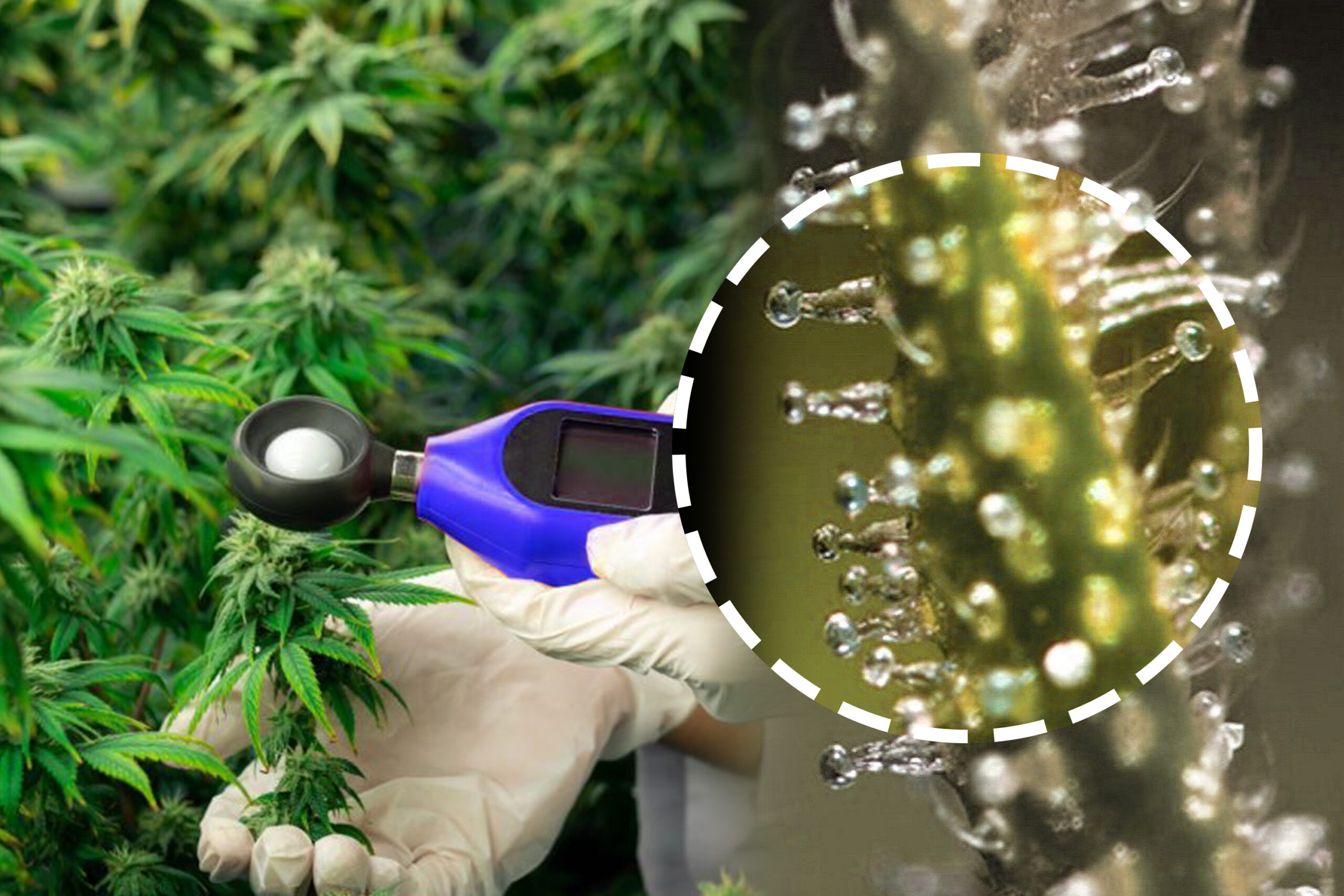
Trichomes are the true measure of cannabis strength. These tiny, crystal formations encrust buds and sugar leaves, where they produce the cannabinoids and terpenes that cause each strain to be
uniquely active and fragrant. Throughout the flowering stage of maturing cannabis, trichomes also color and clarity change visibly, signaling stages of cannabinoid development.
For the majority of growers, optimal harvest time arrives when 80% of the trichomes are milky white and 10-20% have ambered. That ratio ensures top potency while retaining the euphoric effects. Using a jeweler’s loupe (30-60 power) or a digital microscope, one can now easily see the color of trichomes, and guesswork about harvesting times is eliminated.
Other than pistils and trichomes, several other indications are responsible for the fact that the cannabis is ready to be harvested. Noticing these features provides a general impression of plant maturity.
Blending these visual cues with trichome inspection ensures the optimal harvest window is never missed, yielding maximum quantity and quality.
Environmental conditions are also critical when harvesting buds of cannabis, particularly for outdoor growers. Monitoring weather conditions and adjusting harvest timing according to this prevents the crop from potential harm.
Outdoor growers should also take note of infestation and fungal disease, as mature buds are more susceptible to infestation. Constant checks and good airflow management reduce the risk, resulting in a healthy final product.
Inaccurate timing of your harvest will lead to extensive loss of quality and potency. Having an understanding of the potential effect of premature or delayed harvest is necessary to achieve the most from your final product.
Timely harvesting ensures a balanced cannabinoid profile, improved terpene retention, and a smooth smoking experience.
Work doesn’t cease even when harvesting. Proper drying and curing processes play an important role in the ultimate quality of cannabis.
Mastering post-harvest methods prevents any of the labor involved in cultivating quality cannabis from going to waste.
1. Can cannabis be harvested in stages?
Yes, it is possible to stagger harvests, particularly if some buds mature quicker than others. This will enable you to obtain the most potent and flavorful buds from each plant.
2. What will happen if I harvest with too many clear trichomes?
Harvesting with mainly clear trichomes yields a weak, immature high with less THC and an even more energetic but short-lived effect.
3. Do I need to flush my plants before harvest?
Yes, flushing with pure water for 1-2 weeks before harvest removes excess nutrients, making flavors better and allowing for a cleaner smoke.
4. Can I speed up trichome development with artificial lighting?
No, increasing light intensity too soon before flowering stresses plants and spoils terpenes. Perfect light cycles and patience yield the best result.
5. How do I determine if my buds are too dry after harvest?
If the buds break up too easily or burn too quickly, they are over-dried. The correct moisture content has them slightly spongy but not damp so that they burn well and with full potency.
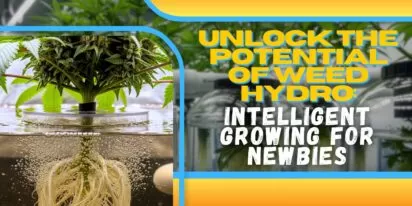
Curious about growing weed in a healthy, effective way? Welcome to the realm of weed hydro! This method uses water instead of soil, delivering n
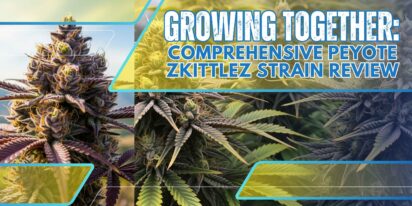
Peyote Zkittlez is a unique cannabis strain that has quickly gained dedicated followers among enthusiasts and patients alike. Its parentage—Zk
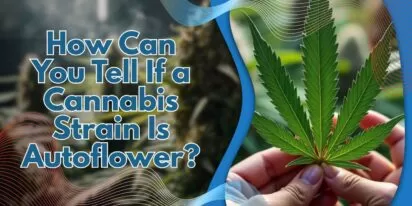
As growers, we want strains that work well, are strong, and are of good quality. Autoflowering cannabis strains are a big step forward for both
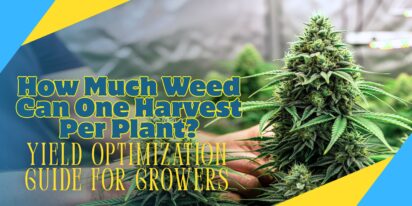
Pot growers always ask the same basic question: How much weed does a weed plant produce? The answer is complex and depends on a multitude of var

Ever had the room spin after a few hits? You're not alone. Figuring out how to prevent getting dizzy high can make your cannabis experience a wh
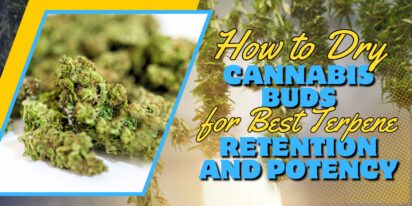
Drying cannabis properly is a critical process in preserving the plant's full aroma and flavor and its psychoactive abilities. Tampering with th

Ever caught yourself a bit too high and all of a sudden in need of being normal? Whether you're heading out for munchies or bumping into someone

Looking for sage advice on how not to get pinched with weed without batting an eye? Attempting to protect your stash from gossipy roommates, sno
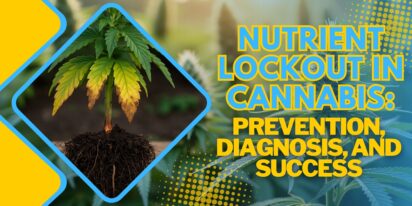
Nutrient lockout, also known as nutrient binding or chemical antagonism, is a significant issue in cannabis cultivation that negatively impacts
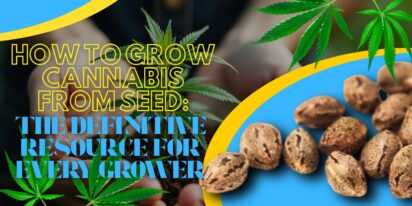
Germination is the most critical initial stage in growing healthy, high-quality cannabis plants. During germination, the dormant seed becomes a
Are You 18 Or Over?
By selecting “Continue”, you confirm that you are at least 18 years of age and legally permitted to access cannabis related content in your region.
By using Rocketseeds.com, you agree to our legal disclaimer.
Excellent blog here Also your website loads up very fast What web host are you using Can I get your affiliate link to your host I wish my web site loaded up as quickly as yours lol
Your writing is not only informative but also incredibly inspiring. You have a knack for sparking curiosity and encouraging critical thinking. Thank you for being such a positive influence!
Simply wish to say your article is as amazing The clearness in your post is just nice and i could assume youre an expert on this subject Well with your permission let me to grab your feed to keep updated with forthcoming post Thanks a million and please carry on the gratifying work
Somebody essentially lend a hand to make significantly articles Id state That is the very first time I frequented your website page and up to now I surprised with the research you made to make this actual submit amazing Wonderful task
Your blog is a beacon of light in the often murky waters of online content. Your thoughtful analysis and insightful commentary never fail to leave a lasting impression. Keep up the amazing work!
Thank you for the auspicious writeup It in fact was a amusement account it Look advanced to more added agreeable from you By the way how could we communicate
Your blog is a constant source of inspiration for me. Your passion for your subject matter shines through in every post, and it’s clear that you genuinely care about making a positive impact on your readers.
Your blog is a constant source of inspiration for me. Your passion for your subject matter is palpable, and it’s clear that you pour your heart and soul into every post. Keep up the incredible work!
Your articles never fail to captivate me. Each one is a testament to your expertise and dedication to your craft. Thank you for sharing your wisdom with the world.
Your blog is a testament to your dedication to your craft. Your commitment to excellence is evident in every aspect of your writing. Thank you for being such a positive influence in the online community.
Your writing has a way of resonating with me on a deep level. I appreciate the honesty and authenticity you bring to every post. Thank you for sharing your journey with us.
Your blog is a true gem in the world of online content. I’m continually impressed by the depth of your research and the clarity of your writing. Thank you for sharing your wisdom with us.
Hi i think that i saw you visited my web site thus i came to Return the favore Im attempting to find things to enhance my siteI suppose its ok to use a few of your ideas
Somebody essentially help to make significantly articles Id state This is the first time I frequented your web page and up to now I surprised with the research you made to make this actual post incredible Fantastic job
Usually I do not read article on blogs however I would like to say that this writeup very compelled me to take a look at and do so Your writing taste has been amazed me Thanks quite nice post
Your blog has quickly become one of my favorites. Your writing is both insightful and thought-provoking, and I always come away from your posts feeling inspired. Keep up the phenomenal work!
Every time I visit your website, I’m greeted with thought-provoking content and impeccable writing. You truly have a gift for articulating complex ideas in a clear and engaging manner.
Hey there You have done a fantastic job I will certainly digg it and personally recommend to my friends Im confident theyll be benefited from this site
I have read some excellent stuff here Definitely value bookmarking for revisiting I wonder how much effort you put to make the sort of excellent informative website
Nice blog here Also your site loads up very fast What host are you using Can I get your affiliate link to your host I wish my site loaded up as quickly as yours lol
What i do not understood is in truth how you are not actually a lot more smartlyliked than you may be now You are very intelligent You realize therefore significantly in the case of this topic produced me individually imagine it from numerous numerous angles Its like men and women dont seem to be fascinated until it is one thing to do with Woman gaga Your own stuffs nice All the time care for it up
Your blog is a beacon of light in the often murky waters of online content. Your thoughtful analysis and insightful commentary never fail to leave a lasting impression. Keep up the amazing work!
Your blog is a breath of fresh air in the often stagnant world of online content. Your thoughtful analysis and insightful commentary never fail to leave a lasting impression. Thank you for sharing your wisdom with us.
Your blog is a beacon of light in the often murky waters of online content. Your thoughtful analysis and insightful commentary never fail to leave a lasting impression. Keep up the amazing work!
Usually I do not read article on blogs however I would like to say that this writeup very compelled me to take a look at and do it Your writing style has been amazed me Thank you very nice article
Your writing has a way of resonating with me on a deep level. I appreciate the honesty and authenticity you bring to every post. Thank you for sharing your journey with us.
This hydroponics guide is quite the buzz, seriously! Who knew growing weed without dirt could be so complicated yet potentially rewarding? The breakdown of systems like DWC and NFT is helpful, though I suspect my cat might confuse the air pump for a toy. The idea of cleaner buds is tempting, especially since explaining hydro weed to my non-growing friends might get messy. And the bit about potential dizziness from hydro weed? Perfect, now I have an excuse for why I always stumble a bit after a grow session. Still, the promise of faster grows and higher yields is hard to ignore, even if it means more trips to the pH meter than to the coffee shop. Overall, a cultivating read for the curious grower!